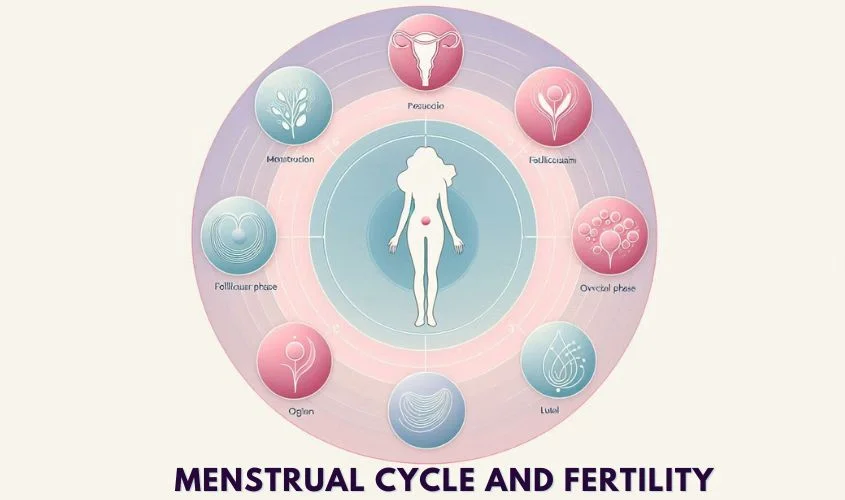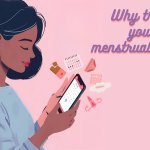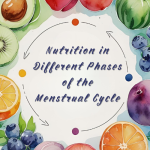Menstrual Cycle and Fertility: How Are They Connected?
Understanding the link between the menstrual cycle and fertility is crucial for those trying to conceive. The menstrual cycle has various phases. Each phase is influenced by hormones that prepare the body for potential pregnancy. By tracking these phases, individuals can identify their most fertile days. This knowledge can significantly increase the chances of conception.
The Menstrual Cycle Phases
The menstrual cycle typically lasts between 21 and 35 days. It can be divided into four main phases: menstrual, follicular, ovulation, and luteal. Additionally, each phase plays a unique role in fertility.
1. Menstrual Phase
The menstrual phase marks the beginning of the cycle. It starts on the first day of menstruation. During this time, the uterine lining sheds if no pregnancy occurs. While this phase may not seem directly related to fertility, it signals the start of a new cycle. Moreover, tracking this phase helps individuals prepare for the following phases.
2. Follicular Phase
After menstruation, the follicular phase begins. This phase starts on day one of the cycle and lasts until ovulation. The pituitary gland releases follicle-stimulating hormone (FSH). This hormone stimulates the ovaries to produce follicles, each containing an immature egg. As a result, one follicle will eventually mature into a viable egg ready for fertilization.
3. Ovulation Phase
Typically occurring around the midpoint of the cycle, the ovulation phase is critical for fertility. A surge in luteinizing hormone (LH) triggers the release of a mature egg from the ovary. During this time, the egg travels down the fallopian tube. It may meet sperm for fertilization. Consequently, identifying ovulation can greatly enhance the chances of conception.
4. Luteal Phase
The luteal phase occurs after ovulation and lasts until the next period. The empty follicle transforms into the corpus luteum. This structure produces progesterone. This hormone is essential for preparing the uterine lining for potential implantation. If fertilization does not happen, hormone levels drop, leading to the start of a new cycle.
Timing for Conception
Understanding the timing of each phase is beneficial for those looking to conceive. For example, the days leading up to and including ovulation are considered the fertile window. By tracking ovulation through methods such as basal body temperature monitoring or ovulation predictor kits, individuals can pinpoint their most fertile days.
Tools for Tracking Your Cycle
Using tracking tools can greatly assist in understanding your menstrual cycle. For instance, the Selin app allows users to log their periods, symptoms, and ovulation days. Furthermore, this app helps identify patterns and predicts fertile days. This makes it easier for those trying to conceive.
Conclusion
In summary, the menstrual cycle and fertility are intricately connected. Each phase of the cycle plays a role in preparing the body for pregnancy. Therefore, by understanding and tracking these phases, individuals can improve their chances of conception. They can also navigate their reproductive health with confidence.
Learn about common symptoms of the menstrual cycle in our related article Menstrual Symptoms
Start Tracking Your Cycle with Selin
To stay on top of your menstrual cycle, download the Selin app today! This app helps you track your period, symptoms, and fertility. You can take control of your reproductive health effortlessly. Whether you’re looking to prepare for your next period or planning for pregnancy, the Selin app is your perfect companion.















